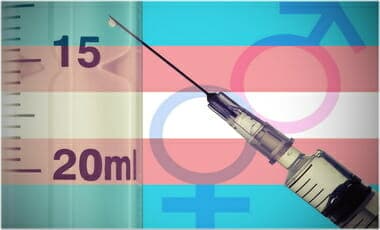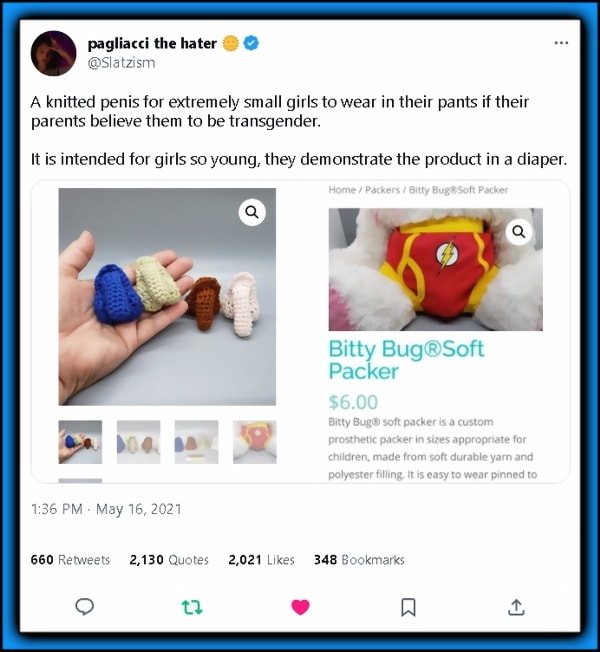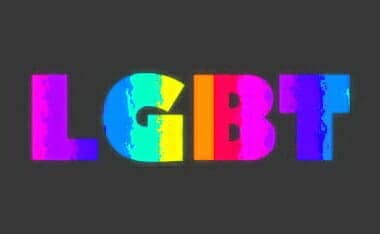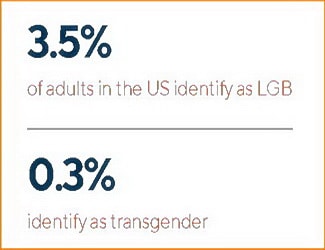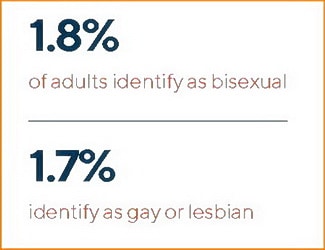The fairness doctrine’s constitutionality was tested and upheld by the U.S. Supreme Court in a landmark 1969 case, Red Lion Broadcasting v. FCC (395 U.S. 367). Although the Court then ruled that it did not violate a broadcaster’s First Amendment rights, the Court cautioned that if the doctrine ever began to restrain speech, then the rule’s constitutionality should be reconsidered. Just five years later, without ruling the doctrine unconstitutional, the Court concluded in another case that the doctrine “inescapably dampens the vigor and limits the variety of public debate” (Miami Herald Publishing Co. v. Tornillo, 418 U.S. 241). In 1984, the Court concluded that the scarcity rationale underlying the doctrine was flawed and that the doctrine was limiting the breadth of public debate (FCC v. League of Women Voters, 468 U.S. 364). This ruling set the stage for the FCC’s action in 1987. An attempt by Congress to reinstate the rule by statute was vetoed by President Ronald Reagan in 1987, and later attempts failed even to pass Congress.
As an independent regulatory agency, the FCC has the power to reimpose the doctrine without congressional or executive action. So far, the Commission has taken no position on the Hollings-Hefner legislation or expressed an interest in reregulating on its own. Current FCC Chairman James Quello, though, has stated that, “The fairness doctrine doesn’t belong in a country that’s dedicated to freedom of the press and freedom of speech.” (Doug Halonen, “Twelve to Watch in 1993,” Electronic Media, January 25, 1993, p. 66.) The Clinton Administration has not taken an official position on the legislation.
Supporters of reviving the fairness doctrine base their argument on the very same three faulty premises that the FCC and most judicial rulings have rejected.
Faulty Premise #1: The “scarce” amount of spectrum space requires oversight by federal regulators.
Reality: Although the spectrum is limited, the number of broadcasters in America has continuously increased.
Supporters of the fairness doctrine argue that because the airwaves are a scarce resource, they should be policed by federal bureaucrats to ensure that all viewpoints are heard. Yet, just because the spectrum within which broadcast frequencies are found has boundaries, it does not mean that there is a practical shortage of views being heard over the airwaves. When the fairness doctrine was first conceived, only 2,881 radio and 98 television stations existed. By 1960, there were 4,309 radio and 569 television stations. By 1989, these numbers grew to over 10,000 radio stations and close to 1,400 television stations. Likewise, the number of radios in use jumped from 85.2 million in 1950 to 527.4 million by 1988, and televisions in use went from 4 million to 175.5 million during that period. (“The Fairness Doctrine,” National Association of Broadcasters, Backgrounder (1989).)
Even if it may once have been possible to monopolize the airwaves, and to deny access to certain viewpoints, that is impossible today. A wide variety of opinions is available to the public through radios, cable channels, and even computers. With America on the verge of information superhighways and 500-channel televisions, there is little prospect of speech being stifled.
Faulty Premise #2: “Fairness” or “fair access” is best determined by FCC authorities.
Reality: FCC bureaucrats can neither determine what is “fair” nor enforce it.
The second fallacy upon which the doctrine rests concerns the idea of “fairness” itself. As defined by proponents of the doctrine, “fairness” apparently means that each broadcaster must offer air time to anyone with a controversial view. Since it is impossible for every station to be monitored constantly, FCC regulators would arbitrarily determine what “fair access” is, and who is entitled to it, through selective enforcement. This, of course, puts immense power into the hands of federal regulators. And in fact, the fairness doctrine was used by both the Kennedy and Nixon Administrations to limit political opposition. Telecommunications scholar Thomas W. Hazlett notes that under the Nixon Administration, “License harassment of stations considered unfriendly to the Administration became a regular item on the agenda at White House policy meetings.” (Thomas W. Hazlett, “The Fairness Doctrine and the First Amendment,” The Public interest, Summer 1989, p. 105.) As one former Kennedy Administration official, Bill Ruder, has said, “We had a massive strategy to use the fairness doctrine to challenge and harass the right-wing broadcasters, and hope the challenge would be so costly to them that they would be inhibited and decide it was too expensive to continue.” (Tony Snow, “Return of the Fairness Demon,” The Washington Times, September 5, 1993, p. B3.)
Faulty Premise #3: The fairness doctrine guarantees that more opinions will be aired.
Reality: Arbitrary enforcement of the fairness doctrine will diminish vigorous debate.
Of all arguments for the reinstitution of the fairness doctrine, the most inaccurate and insidious is that it will permit a greater diversity of opinion to be heard. By requiring, under threat of arbitrary legal penalty, that broadcasters “fairly” represent both sides of a given issue, advocates of the doctrine believe that more views will be aired while the editorial content of the station can remain unaltered. But with the threat of potential FCC retaliation for perceived lack of compliance, most broadcasters would be more reluctant to air their own opinions because it might require them to air alternative perspectives that their audience does not want to hear.
Thus, the result of the fairness doctrine in many cases would be to stifle the growth of disseminating views and, in effect, make free speech less free. This is exactly what led the FCC to repeal the rule in 1987. FCC officials found that the doctrine “had the net effect of reducing, rather than enhancing, the discussion of controversial h of public importance,” and therefore was in violation of constitutional principles. (“FCC Ends Enforcement of Fairness Doctrine,” Federal Communications Commission News, Report No. MM-263, August 4, 1987.) Even liberal New York Governor Mario Cuomo has argued that, “Precisely because radio and TV have become our principal sources of news and information, we should accord broadcasters the utmost freedom in order to insure a truly free press.” (Mario Cuomo, “The Unfairness Doctrine,” The New York Times, September 20, 1993, p. A19.)……
